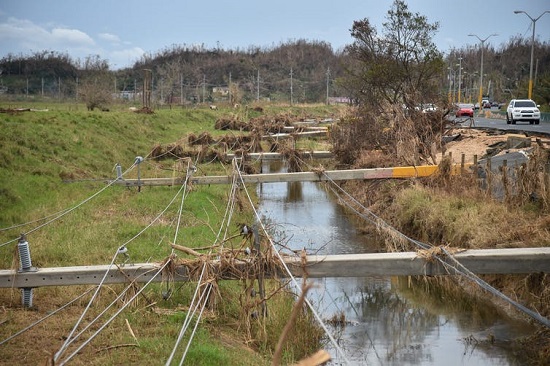 Saturday, October 5, 2024
Saturday, October 5, 2024  Saturday, October 5, 2024
Saturday, October 5, 2024 
The Biden Administration has a once-in-a-lifetime opportunity to help Puerto Rico transition to a greener and more resilient energy future, but it’s on the verge of making a multibillion-dollar mistake.
Since Hurricane Maria devastated Puerto Rico in 2017, many residents and environmental advocates have called for new clean energy sources for the island. Currently Puerto Rico gets more than 97% of its electricity from imported fossil fuel. Power is expensive and unreliable.
Puerto Rico adopted laws that called for generating 15% of its electricity from renewable sources by 2020, 40% by 2025, 60% by 2040 and 100% by 2050. But the Federal Emergency Management Agency, which controls relief funding for the island, appears ready to underwrite a rebuild of the old fossil fuel system.
As environmental lawyers and professors of law, we are surprised to see FEMA move forward on a path that runs directly counter to the White House’s energy and climate policy. President Joe Biden has called for a governmentwide approach that promotes clean energy, protects public health and the environment, and advances environmental justice.
In our view, FEMA’s actions don’t support those goals. They also ignore legal requirements for federal agencies to carefully weigh the environmental impacts of major actions.
In September 2017, Hurricane Maria struck Puerto Rico with sustained winds of 155 mph. It tore a diagonal 100-mile swath across the island, demolishing tens of thousands of homes and washing away roads and bridges.
The storm toppled transmission and cell towers, snapped concrete power poles, battered power plants and plunged the island into darkness. It killed an estimated 3,000 people and caused over US$90 billion in damages.
Keep reading on TheConversation.com